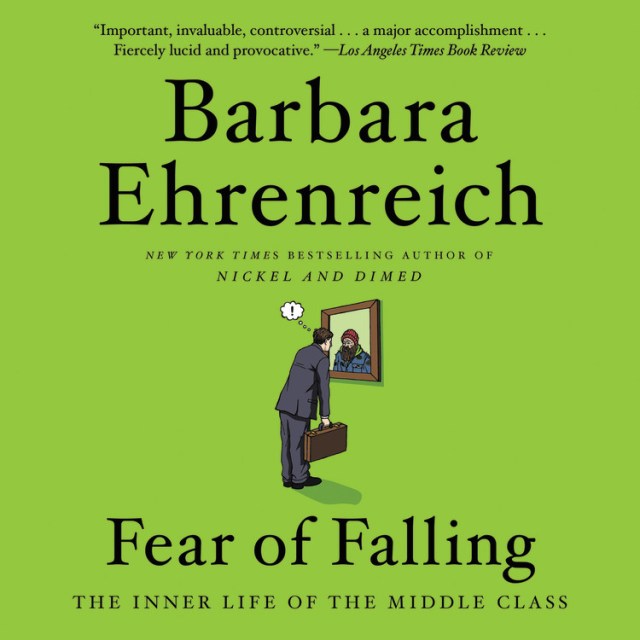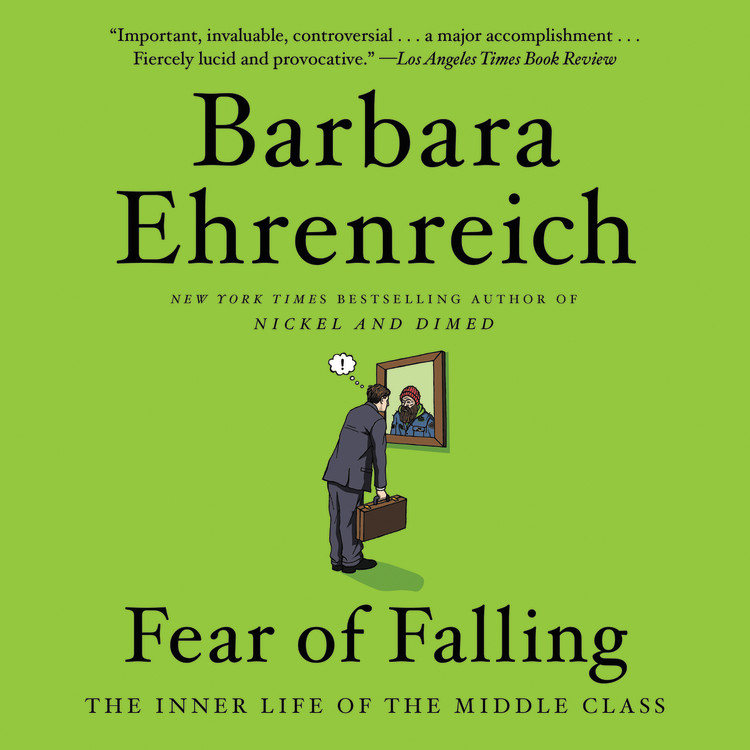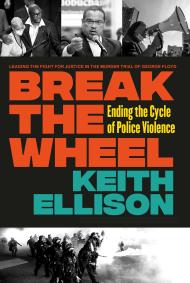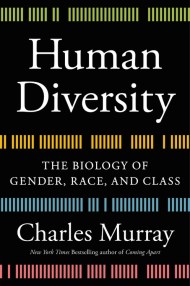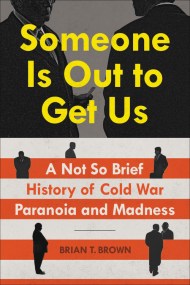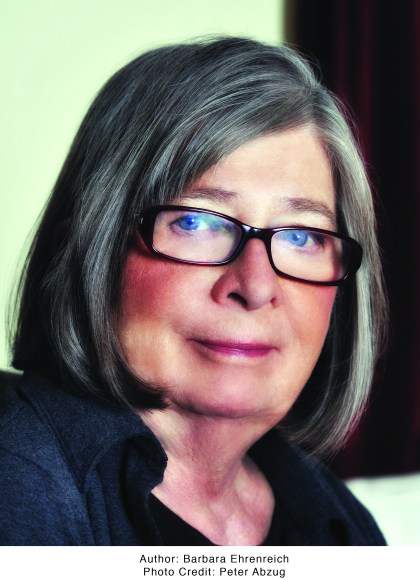Promotion
Use code MOM24 for 20% off site wide + free shipping over $45
Fear of Falling
The Inner Life of the Middle Class
Contributors
Read by Carmela Marner
Read by Molly Parker Myers
Formats and Prices
Format
Format:
- Audiobook Download (Unabridged)
- ebook $11.99 $15.99 CAD
- Trade Paperback $16.99 $22.99 CAD
This item is a preorder. Your payment method will be charged immediately, and the product is expected to ship on or around January 7, 2020. This date is subject to change due to shipping delays beyond our control.
Also available from:
One of Barbara Ehrenreich’s most classic and prophetic works, Fear of Falling closely examines the insecurities of the American middle class in an attempt to explain its turn to the right during the last two decades of the 20th century.
Weaving finely-tuned expert analysis with her trademark voice, Ehrenreich traces the myths about the middle class to their roots, determines what led to the shrinking of what was once a healthy percentage of the population, and how, in its ambition and anxiety, that population has retreated from responsible leadership.
Newly reissued and timely as ever, Fear of Falling places the middle class of yesterday under the microscope and reveals exactly how we arrived at the middle class of today.
Genre:
- On Sale
- Jan 7, 2020
- Publisher
- Hachette Audio
- ISBN-13
- 9781478969594
Newsletter Signup
By clicking ‘Sign Up,’ I acknowledge that I have read and agree to Hachette Book Group’s Privacy Policy and Terms of Use
